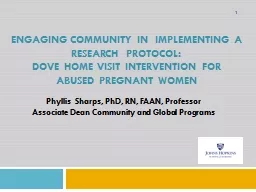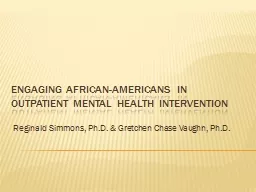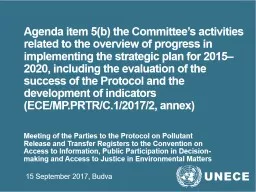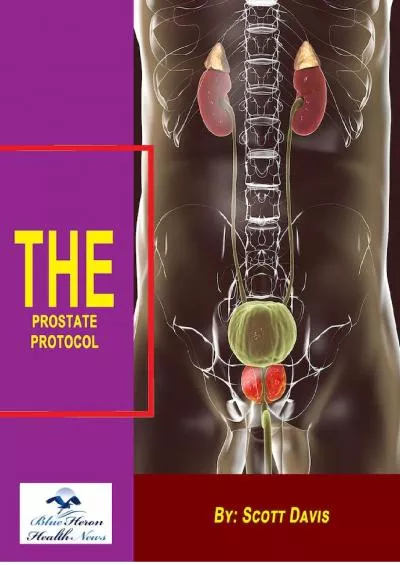PPT-Engaging Community in Implementing a Research Protocol:
Author : calandra-battersby | Published Date : 2017-10-04
DOVE Home Visit Intervention for Abused PREGNANT WOMEN Phyllis Sharps PhD RN FAAN Professor Associate Dean Community and Global Programs 1 Session Objectives
Presentation Embed Code
Download Presentation
Download Presentation The PPT/PDF document "Engaging Community in Implementing a Re..." is the property of its rightful owner. Permission is granted to download and print the materials on this website for personal, non-commercial use only, and to display it on your personal computer provided you do not modify the materials and that you retain all copyright notices contained in the materials. By downloading content from our website, you accept the terms of this agreement.
Engaging Community in Implementing a Research Protocol:: Transcript
Download Rules Of Document
"Engaging Community in Implementing a Research Protocol:"The content belongs to its owner. You may download and print it for personal use, without modification, and keep all copyright notices. By downloading, you agree to these terms.
Related Documents














